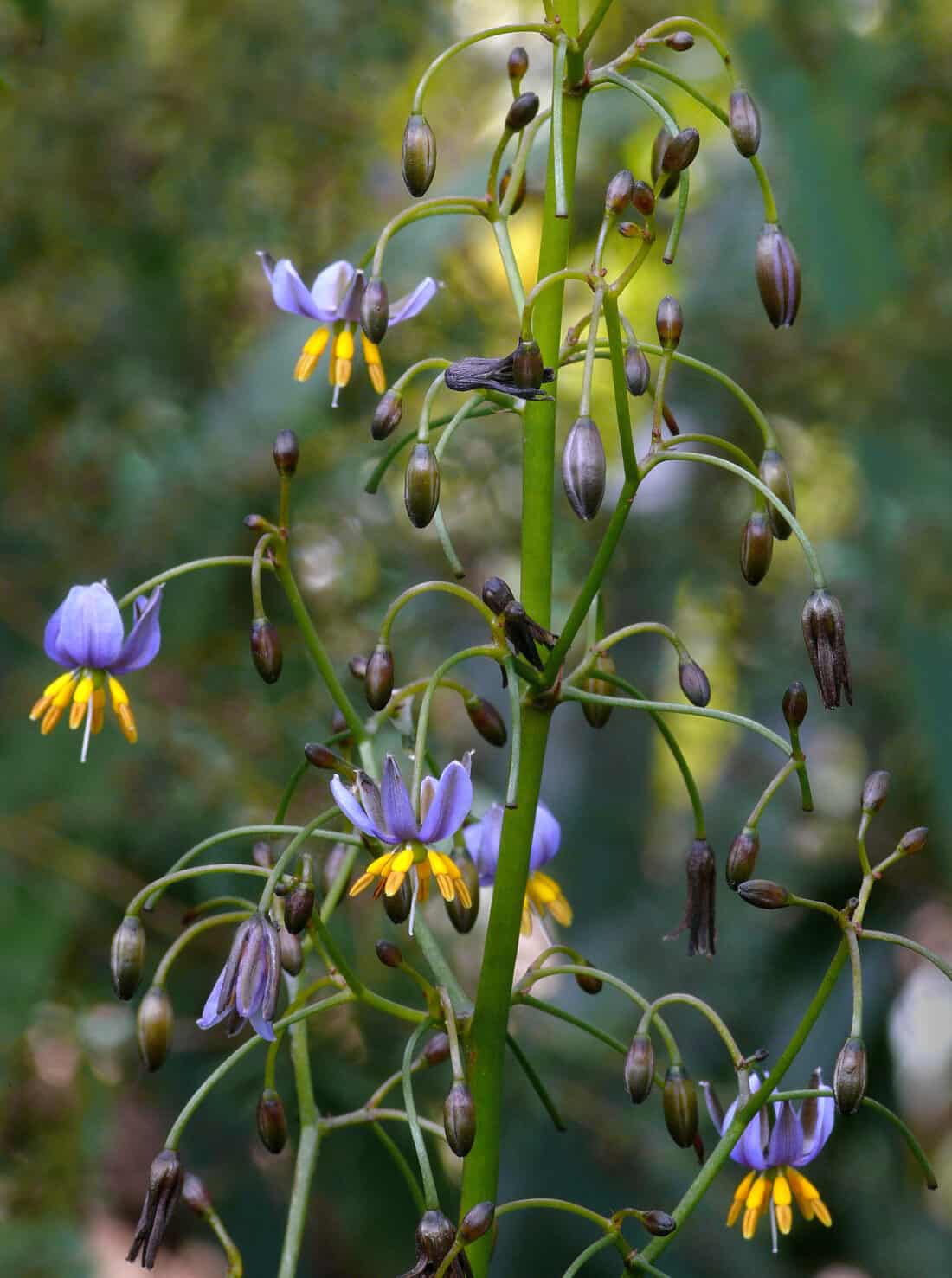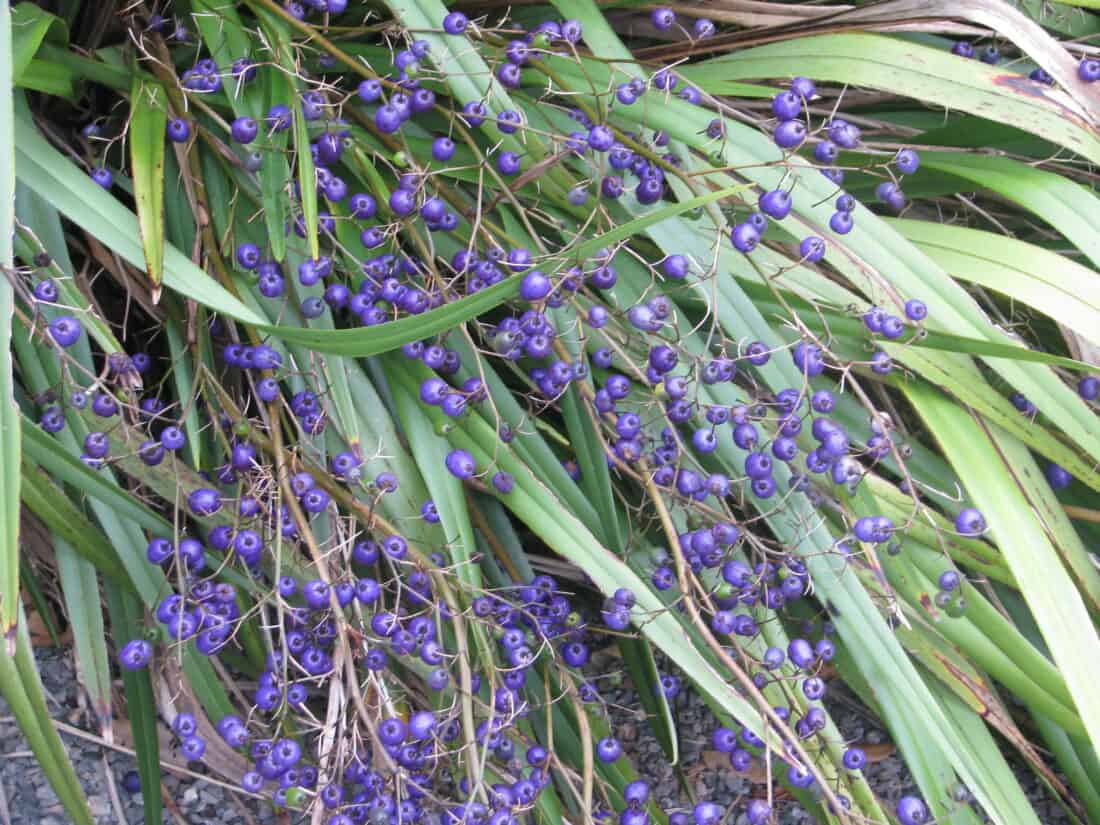Our family just got back from Walt Disney World near Orlando. Carrie and I wanted to celebrate the fact that we met at Disney 20 years ago as horticultural interns. It was also a great escape from the polar vortex that has plagued most of the eastern United States this January. We loved the food, the rides, and the hotel (stay in one of the park hotels, don’t question it), and I really enjoyed seeing all of my old, favorite sub-tropical plants (and in this case the beautiful flax lily – dianella tasmanica). There were, of course, live oaks, palms, Indian hawthorns, Phellodendron shrubs, and nandina. There were also some plants that I have been eyeing to use at Coastal Maine Botanical Gardens this summer as annuals.

Among the ones that I have already selected, Dianella tasmanica ‘Variegata’ really stood out as a winning plant. I first encountered the variegated flax lily as a conservatory plant at Longwood Gardens. Then, this winter, I was reminded of it after searching through the stack of new plant catalogs. It is a great evergreen perennial foliage plant that adds color with the white-striped leaves. As we drove into Hollywood Studios at Disney, there was a large planting of the variegated Dianella. As I saw it, I thought, “boom, that is it. This plant will work.” It is a great choice for mass plantings.

Dianella tasmanica ‘Variegata’ is a cultivar of a plant originally from Australia. It somewhat resembles a small Phormium with the exception that Dianella spreads by underground stolons. Dianella would be a great annual substitute for daylilies. The variegated flax lily is hardy down to the low 20’s. I may offend some by saying this but most gardens can do without daylilies. They are beautiful when they are in flower but unfortunately, they have become the French fries of the American landscape. You can pretty much expect daylilies to come on the side of most landscape platters.

I am excited about using the variegated flax lily en masse along our entry walk, in some of our seasonal containers, and even in some of our interior containers. The small blue flowers are pretty, and the bright blue berries that follow are what make flax lilies stand out over other foliage plants. Dianella can take lower light conditions (they are fine in partial shade to full sun) and will work well as a year-round interior plant. Do not overwater Dianella, or it will struggle and eventually decline (occasional water requirements make it a good choice for gardeners who don’t like to walk around with a hose all the time).
Choose well-drained soils – especially if you are planting it in a container. If happy, you should get small flowers in early summer, followed by small, blue fruit.

Other Design Options for Dianella:
1) Tasman flax lily is a great dry shade plant with beautiful strappy leaves. Use it as a ground cover to keep down other weeds.
2) Consider it in a container garden (in its own pots as an accent plant in a great er collection of potted plants) or as the Thriller or filler – in a spiller-thriller-filler container combination.
3) Brighten up woodland gardens with the brightness that comes with eh creamy white margins on variegated Dianella’s leaves.
Have you grown Dianella? Are you, too, looking for summer-loving plants to fight back the polar vortex?
–Rodney
+comments+